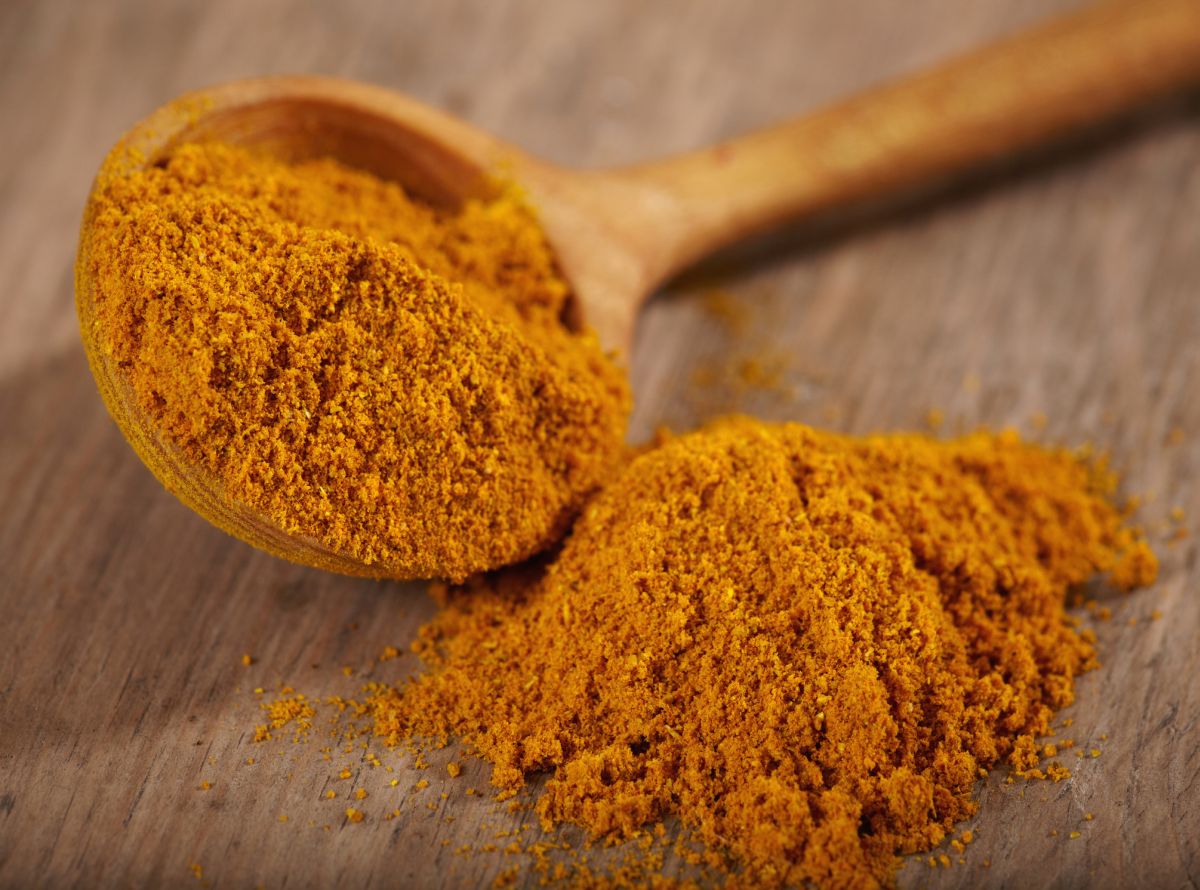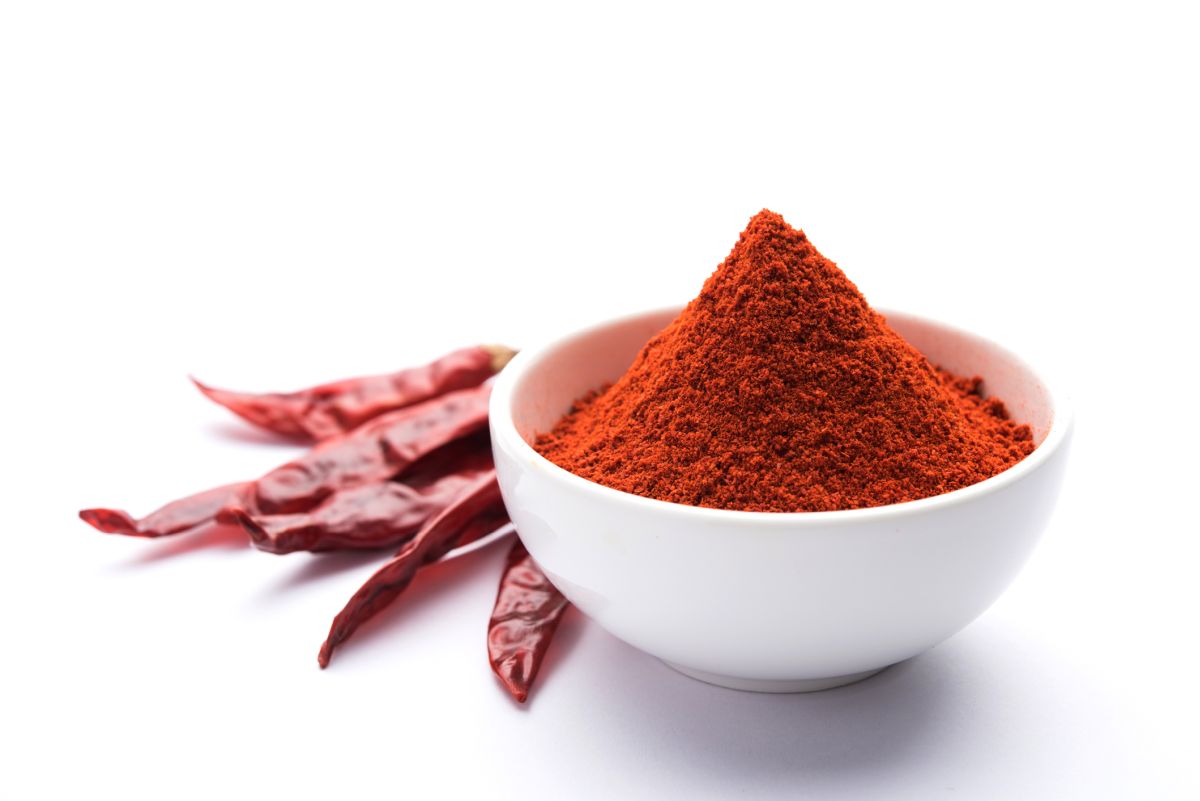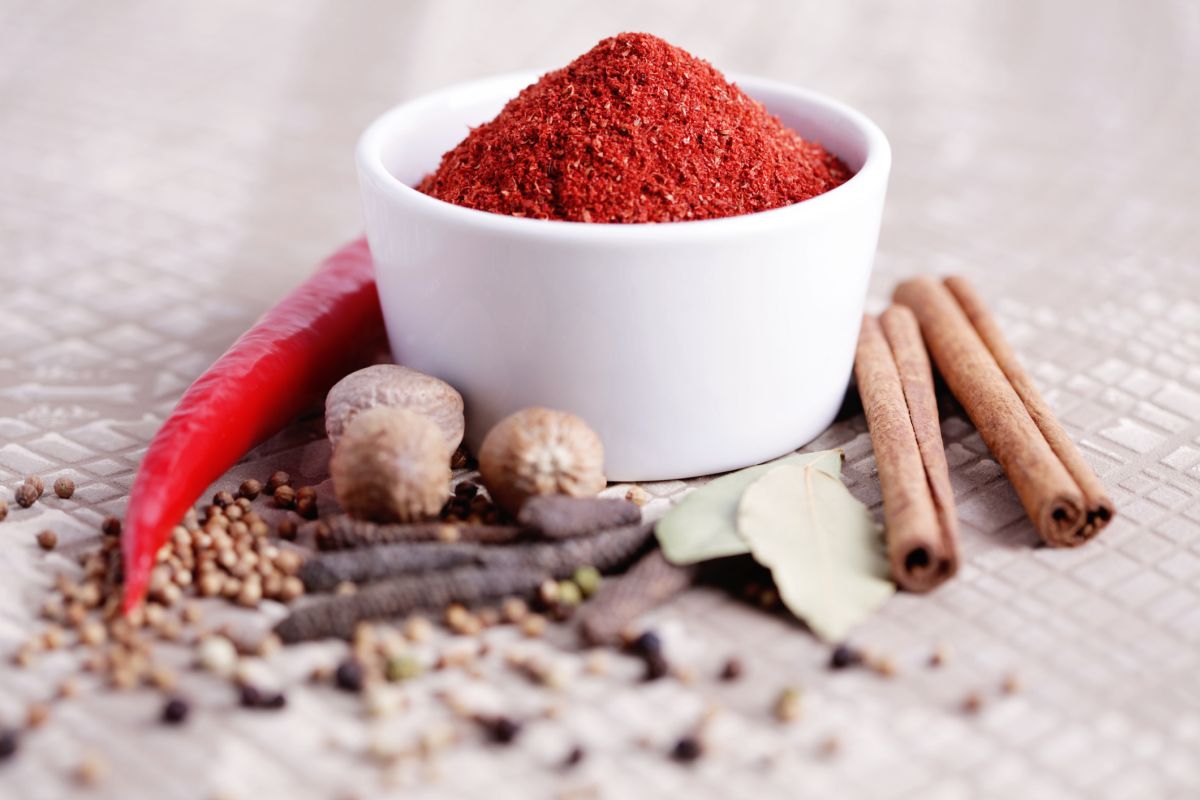A suitable curry powder substitute may be needed if you’ve run out of the spice. Making a curry or using the blend in your cooking adds a wonderfully complex flavor profile to any dish. So it is a good idea to have a quick alternative curry powder option on hand.

What is Curry?
Curry is most often referred to as the aromatic blend of spices used to make a dish with sauce associated with South Asian cuisine. Curry powder typically includes cloves, cardamom, nutmeg, ginger, fennel, and a few other aromatic spices.
Common Uses for Curry
- Stews and Soups – it often gets added in larger amounts to dishes like soups and stews for a warm and aromatic taste.
- Rice dishes – adding small amounts to your cooked rice dishes will ensure a savory and delicious rice to accompany any other dish.
- Fillings – curry often gets added to tasty snacks and fillings like samosas, spring rolls, and buns.
- Meat. eggs and fish – curry doesn’t only belong in the sauces or stuffing of dishes. It can be used as a dry rub or seasoning on a lot of meat, fish, and even some scrambled eggs.
How to Choose a Substitute for Curry
- Garam masala – you would most often add garam masala at the end of your dishes as a finishing spice, so it is best for rice bowls or seasoning eggs.
- Cumin – cumin, or any blend of spices that include cumin, can be used at the beginning of a dish, as it’s best if you toast the spice somewhat before continuing your cooking to release the earthy aromas. Chicken and cumin work well together.
- Turmeric – a lot of curry blends include turmeric, but it is more used for color than taste, as it has a very mild earthy taste. Add it for color, not for flavor.
- Curry paste – curry paste has Thai origins and is often composed of chillis, garlic, and lemongrass ground up to make a paste and adds a lot of heat to your dish.
10 Best Ingredients for a Curry Powder Substitute
1. Cumin
Cumin adds an earthy taste to your dish without any heat. If you’re using it in stews or soups, it’s best to use ground cumin to avoid biting down on a seed. Spiceography explains the difference between ground and whole cumin.
2. Curry Paste
Curry paste is quite different from curry powder, despite the names. It’s more often used in Thai dishes and has a lot of wet ingredients as opposed to dry ones. Curry paste is usually spicy, so add it in moderation. Try making Nutrition in the Kitch’s Thai red curry using curry paste.
3. Chili Powder
If you are looking to add heat to your dish by using curry powder, you can use some chili powder instead. It might not add as complex flavor profiles as curry would, but you will get the heat you’re looking for. The Spruce describes the spice in detail.
4. Coriander Seeds
You can use coriander seeds whole or ground to add a floral but earthy taste to your dish since most curry blends have coriander seeds in them. Toasting the seeds before using them or grinding them will add to the earthy taste. Healthline explains why they’re sometimes called cilantro rather than coriander.
5. Allspice
Add a small pinch of Allspice to offer more complexity to your dish. But not too much, because using a larger amount might make it too overwhelming. Masterclass shows you how to use allspice in your dishes.
6. Garam Masala
Garam masala is a spice blend very similar to curry powder and features most of the ingredients you would find in curry powder. It has a bigger punch than curry powder does but works well with lamb, chicken, and in stews. Masterclass notes that the main difference between the two is the lack of turmeric in garam masala.
7. Chinese 5-Spice
Although it is a bit more sour and bitter, Chinese 5-spice works well in the place of curry powder in recipes where it would be used as a rub, seasoning, or with veggies. Zest and Zing explain how to use the spice.
8. Tandoori Masala
Tandoori masala is often added to dishes to give them a spice and deep reddish color. However, the color will be different than the expected yellow-orange hue you would get with curry powder. It will add a lot of heat to your dish, so start off slow. Pepper Scale explains the history behind the spice blend.
9. Sambar Powder
You would get a really convincing flavor profile with sambar powder, although it is not as common to find in stores. It has spices similar to curry powder, with a few additional herbs added. Tarla Dalal explains how you can use the blend.
10. Your Own Curry Blend
You can make your own curry blend and store it for future use with ease if you have a lot of spices in your pantry. Better yet, you can amend the recipe exactly to your liking. Curious Cuisiniere has an easy, small-batch recipe.
Tips for Curry Powder Substitute
- Start Slow – if you’re using other spice blends, it’s best to add them in small quantities before you ruin your dish.
- Toast your spices – if you’re using spices individually or in the whole form, it’s always a great idea to toast them slightly first, either in a dry pan or in oil, before adding the rest of your ingredients.
- Experiment – curry powders always differ from brand to brand, so why not try out different blends of your own ingredients and make a new recipe you love?


Leave a Reply